At the beginning of February I received a Nikon Z 50, and since then have used it for two workshops in Cuba, a short trip to San Diego and two NCAA basketball games. For a camera aimed at the more basic end of the market, it has the quality and performance to please even an experienced photographer. This is not meant as a technical review, as there are plenty of them out there already and that’s not what I do. But here is what I’ve learned so far:
First, to be clear, the Z 50 is not meant to compete with Nikon’s Z 6 and Z 7. The Z 50 is Nikon’s first APS-C sensor Z camera (DX, 20.9MP), which means a smaller sensor and lower price than the “full-frame” FX models. It’s also aimed at a more entry-level user, someone who hasn’t gotten into mirrorless cameras yet and isn’t willing to spend the additional money for a higher-end Z camera. The body by itself sells for about $850, $1000 for the camera with the 16-50mm f/3.5-6.3 lens, or as a two-lens kit (adding the 50-250mm f/4.5-6.3 lens) for about $1200. In comparison, the Z 6 costs about $1800, body only, $1000 more for the Z 7. While the new lenses are DX, they have the same mount as the other S lenses, so any lens made for any Z camera can be used on any DX or FX Z camera. Of course, just as with mirrored cameras, using DX lenses on an FX body means a drop in resolution. And, you can also use the FTZ adapter with the Z 50 to continue using most of your F-mount lenses, just like with the 6 and 7.
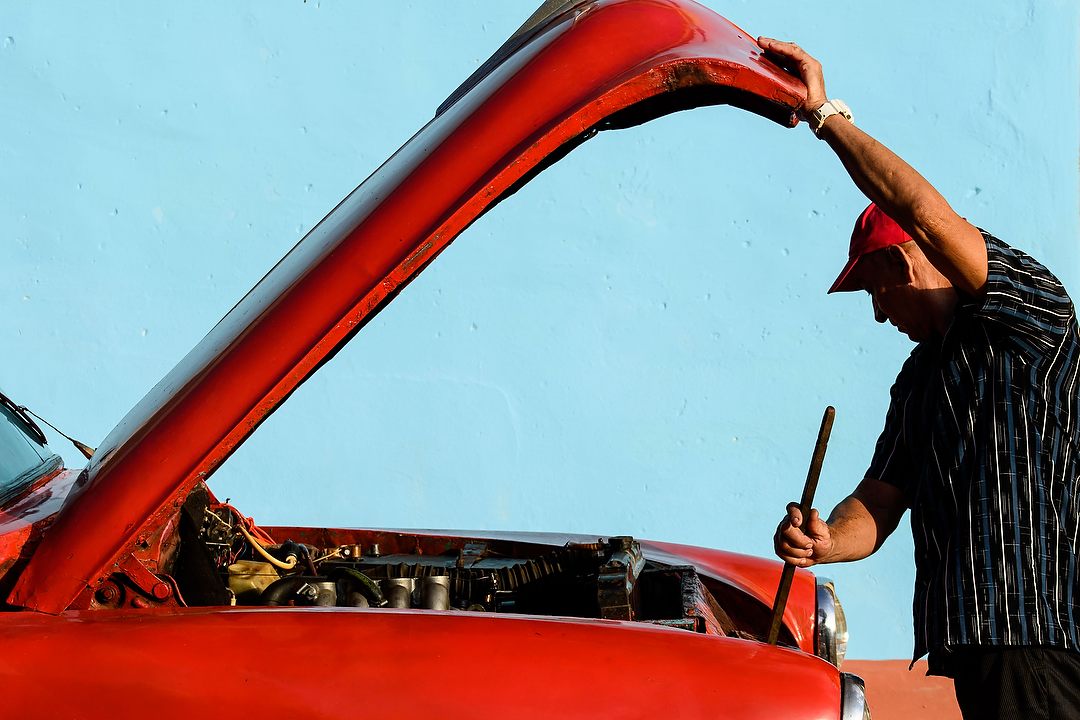
A man gets ready to work on his old car in Trinidad. I kept an FTZ adapter on the Z 50 and used only F-mount lenses during the two Cuba workshops. Nikon Z 50, Aperture Priority, Sunny white balance, ISO 100, 1/640 at f/5.6 in Matrix metering, 0.0 EV, Nikkor VR Zoom 70-300mm f/4.5-5.6 lens at 95mm.
The features are also geared more towards a beginner, as in addition to an Auto exposure mode, it also has Scene modes (which are missing on the other Z cameras). It has a lower-resolution EVF and LCD than its more expensive siblings, but there’s a good chance you won’t notice that. There’s no top display (though I was surprised at how little I missed it), and no IBIS (“In Body Image Stabilization”), instead relying on in-lens VR. Those things also didn’t really bother me. I did find the smaller body didn’t fit my hand as well, and a few of the buttons on the 6/7 have been moved or replaced with on-screen touch displays. That made switching between cameras a bit more challenging. Of course, those things are to be expected when a camera is designed to be as small as possible and still offer a good feature set. As complaints go, my biggest would be that “Viewfinder Priority” mode isn’t available. On the 6 and 7, that means the LCD on the back only comes into play when I want to review images or go into the menus. With the Z 50, I have to use “Automatic Display Switch,” which means more drain on the battery. If I keep it in “Viewfinder Only,” then I have to use the viewfinder to review images and make menu changes. However, the things I liked far outweighed my complaints.
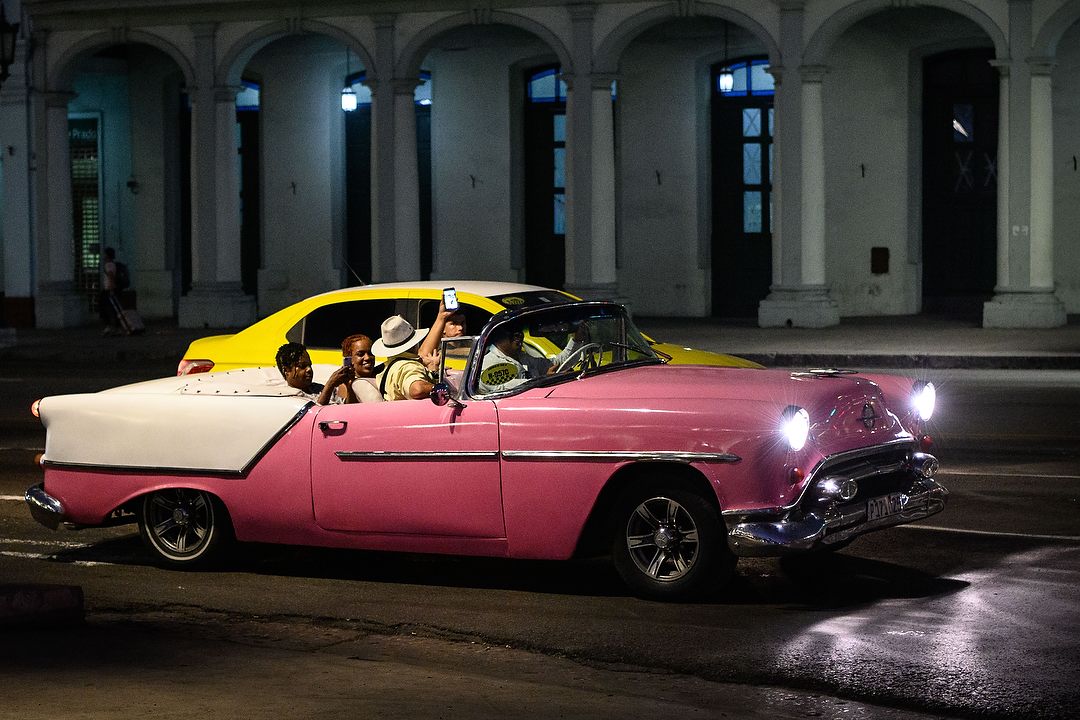
One of the treats visiting Cuba is seeing all the old cars, even at night. Nikon Z 50, Aperture Priority, Auto white balance, ISO 4000, 1/80 at f/2.8 in Matrix metering, -0.3 EV, Nikkor VR Zoom 24-70mm f/2.8 lens at 50mm.
Ever since Nikon came out with their first “full frame” (FX) camera, I’ve been a fan of carrying both DX and FX cameras. The different sensor sizes mean that one lens gives me two different angles of view. For instance, my 70-200mm gives me an angle of view equivalent to a 105-300mm lens when I use it on a DX body (the 1.5X “crop” factor). It also means I can sometimes carry fewer lenses, knowing that switching bodies can cover a gap in my viewing angles (my 16-35mm lens becomes the equivalent of 24-52mm on DX). So that helps fill the space between my 16-35mm and 70-200mm lenses if I only want to carry those two. I was hopeful Nikon would make a DX format Z camera, and the Z 50 is exactly that. While there were a few compromises made in building this less-expensive Z camera, there’s a lot to like.

Our guide’s wife Claudia and their newborn baby girl, Selene, at home in Matanzas, Cuba. Nikon Z 50, Aperture Priority, Sunny white balance, ISO 1250, 1/250 at f/2.8 in Matrix metering, 0.0 EV, Nikkor VR Zoom 24-70mm f/2.8 lens at 52mm, focus mode of AF-C and Picture Control set to 0300STANDARD. Photo copyright Reed Hoffmann.
First, the image quality is just what I expected, excellent. And while putting nearly 21-million pixels on a smaller sensor means smaller pixels than the Z 6, the high-ISO performance is very good, better in my opinion than my D500. And, I’m happy to report that Nikon also gave me a lowest ISO of 100 (instead of 200), which makes it easier to force slow shutter speeds for pan and blur photos.

Much of the transportation outside of Havana is powered by horse or ox. I took advantage of the Z 50 having a low ISO of 100 to make this panning photo. Nikon Z 50, Aperture Priority, Sunny white balance, ISO 100, 1/13 at f/22 in Matrix metering, -0.3 EV, Nikkor VR Zoom 70-300mm f/4.5-5.6 lens at 85mm.
While some buttons have been moved (or removed) to accommodate a smaller body, thankfully the Z 50 still has two Function buttons in front, and more importantly, two Command dials (Main and Sub). Most of Nikon’s DX bodies feature a one-dial design (thumb dial), which, if you’re used to the two dials on their more feature-rich bodies, is a challenge to adapt to. Keeping the two dials on the Z 50 means it’s much easier for an experienced photographer to work quickly, and makes switching back and forth between other two-dial Nikon cameras a piece of cake. Thank you, Nikon!
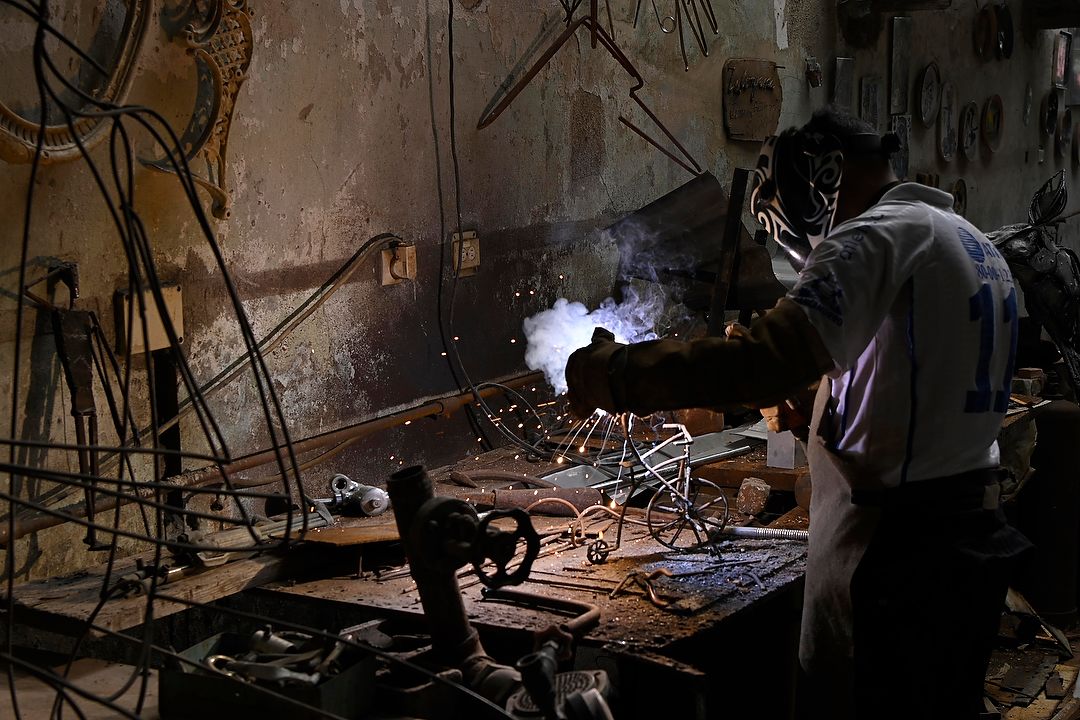
Photographing this sculptor at work in Matanzas, I set the camera for heavy underexposure to compensate for the brightness when the welding was happening. Nikon Z 50, Aperture Priority, Natural Auto white balance, ISO 100, 1/400 at f/4 in Matrix metering, -1.3 EV, Nikkor VR Zoom 24-70mm f/2.8 lens at 32mm.
I’ve appreciated that Nikon’s been able to continue using the same battery for many of their cameras since 2011 (various iterations of the EN-EL 15, which work in D7XXX, D500, D8XX and Z 6 and 7, among others). Of course, making a smaller camera body meant a change in battery for the Z 50, with the EN-EL 25 being a new design and smaller. That size reduction also means a reduction in number of frames you can shoot. Despite that, there was only one day out of the 16 in Cuba that I shot the battery dead. Of course, if you get or have this camera, you’ll want to have more than one battery, just like with other cameras.
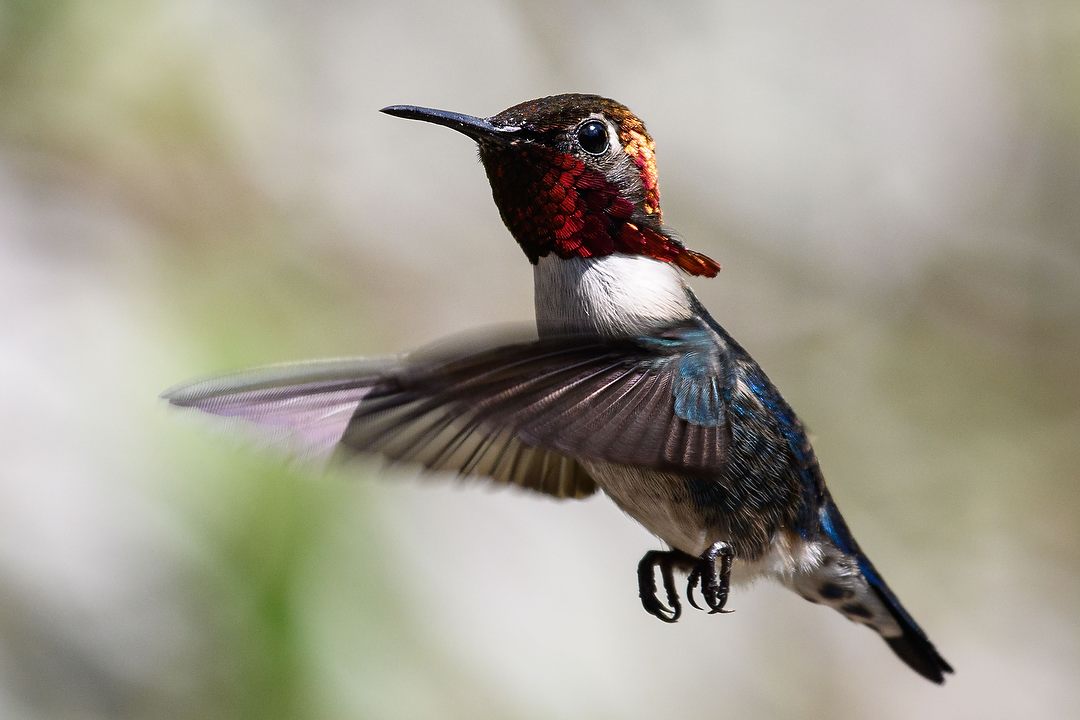
The smallest bird in the world, the bee hummingbird, is found only in Cuba. I used Wide Area (Small) AF Area Mode, and when the hummingbird flew in near the feeder, grabbed focus on it and fired away at 11 frames per second (“High- Extended”). Nikon Z 50, Aperture Priority, Natural Auto white balance, ISO 450, 1/1000 at f/8 in Matrix metering, 0.0 EV, Nikkor VR Zoom 70-300mm f/4.5-5.6 lens at 300mm.
I’m used to Nikon removing menu items that beginners are less likely to use in lower-end cameras. So I was pleasantly surprised at all the ones they kept in the Z 50. Not the same set I’m used to with the 6 and 7, but for the price, more than I would have expected.
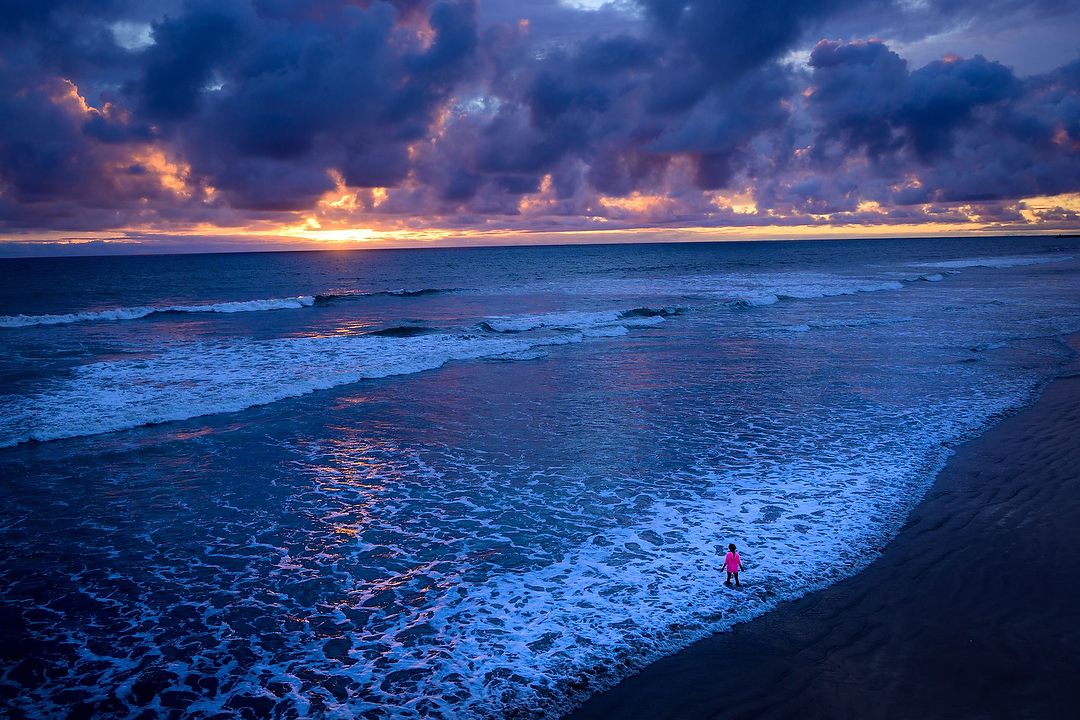
When doing landscape photography, I really appreciate a camera that offers an in-viewfinder virtual horizon indicator, which thankfully the Z 50 does. This is from the Oceanside Pier, south of San Diego, shot with the kit “pancake” lens. Nikon Z 50, Aperture Priority, Sunny white balance, ISO 200, 1/80 at f/5.6 in Matrix metering, -1.7 EV, Nikkor VR Zoom 16-50mm f/3.5-6.3 lens at 19.5mm.
Nikon also chose to keep the various Display options that the 6 and 7 have, which means the in-viewfinder Virtual Horizon and Histogram displays are available on the Z 50. Those are features a beginner would rarely, if ever, use, but valuable for the rest of us.

Best friends portrait on the pier in Oceanside. Nikon Z 50, Aperture Priority, Auto white balance, ISO 1600, 1/25 at f/4 in Matrix metering, -0.3 EV, Nikkor VR Zoom 24-120mm f/4G IF-ED lens at 78mm.
The autofocus felt as fast as the 6 and 7, with the same set of Autofocus Area Modes. I regularly used the Auto option for general photography, switching to Wide Area (Small) for action. I love the firmware update Nikon recently pushed to the 6 and 7, which really improvedhow a photographer can use subject tracking, and hope they eventually push that same update to the Z 50. The Z 50’s frame rate tops out at 11 FPS (one shy of what the Z 6 does), which is great when shooting fast action. I’m still adjusting to the “stutter” effect in the viewfinder when shooting high frame rates with all the Z cameras, and look forward to future Nikon Z cameras that are able to lessen or do away with that entirely.
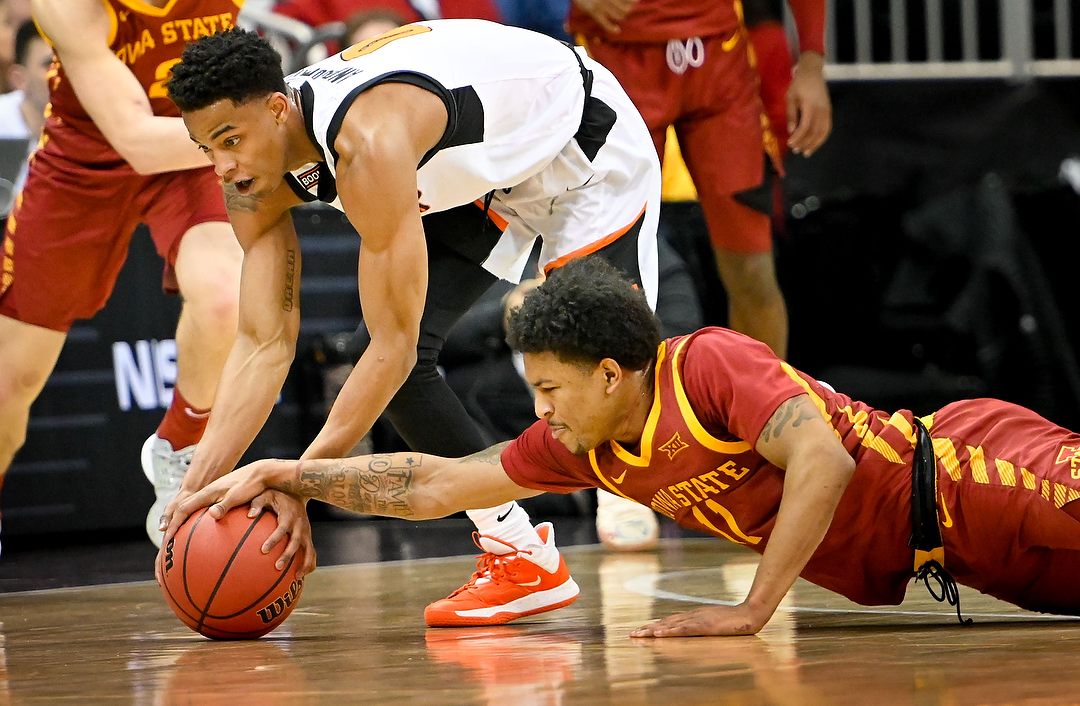
Iowa State and Oklahoma State players chase down a loose ball in the first Big 12 Tournament game. The following day, the rest of the tourney was canceled. The Z 50’s high ISO performance is impressive for a DX camera. Nikon Z 50, Manual exposure, Auto white balance, ISO 4000, 1/1250 at f/2.8 in Matrix metering, 0.0 EV, Nikkor VR Zoom 70-200mm f/2.8G IF-ED lens at 190mm.
Bottom line? For its price, the Z 50 is more camera than I would have expected. I’m very pleased that Nikon chose to make a DX version of their Z cameras, as it lets me once again carry both DX and FX format cameras, yet still use the many F-mount lenses I own. And I hope that in the future, Nikon builds a more serious Z camera in DX format, which would then replace my beloved D500.
(If you like this story, please share it with your friends and let them know about the links on photography that I post on my business Facebook page. I’m also on Instagram and Twitter, @reedhoffmann. And if you’re curious about the workshops I teach, you can find them here.)

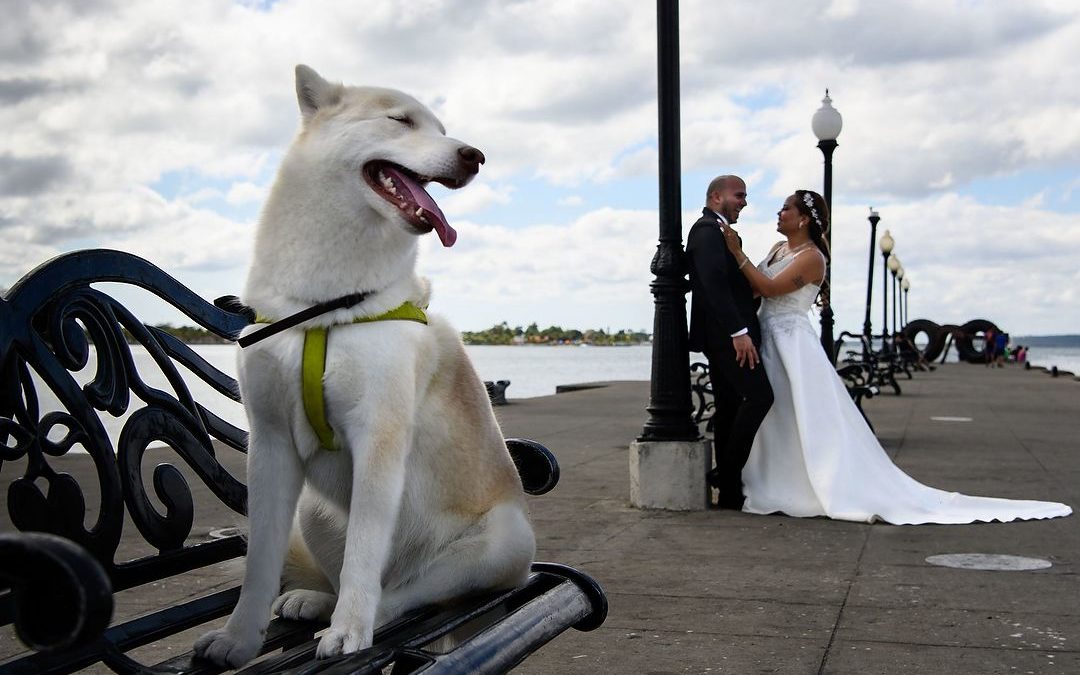
Thank you for your thoughts on the Nikon Z 50 as I just purchased it. It may be a mirage but the kit lenses seem to provide pretty sharp images. I love that this camera is so light and that I could potential get away with just having the body and two kit lenses in my travel kit. Your landscape photo taken with the 16 – 50 mm gives me hope.
Hi Carmen. I think you’re going to be really happy with this kit. The new, larger diameter mount for the Z lenses should mean even better optical performance, so I’d actually be surprised if you didn’t find the sharpness very good. They’re not “fast” (wide aperture) lenses, but still very good performers. Have fun!